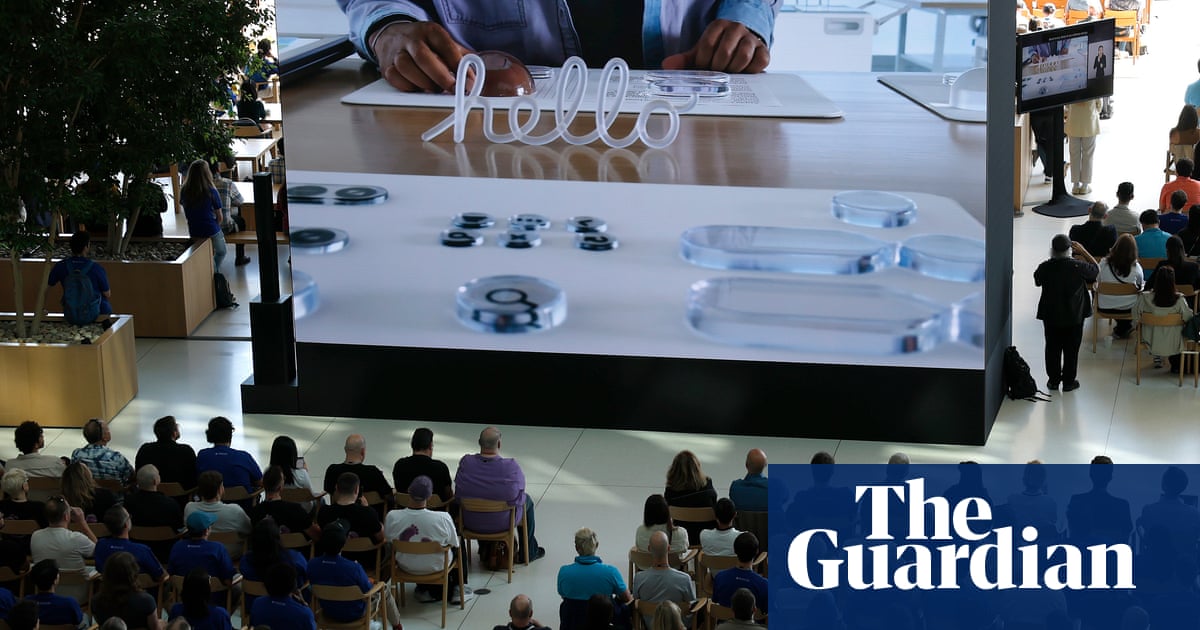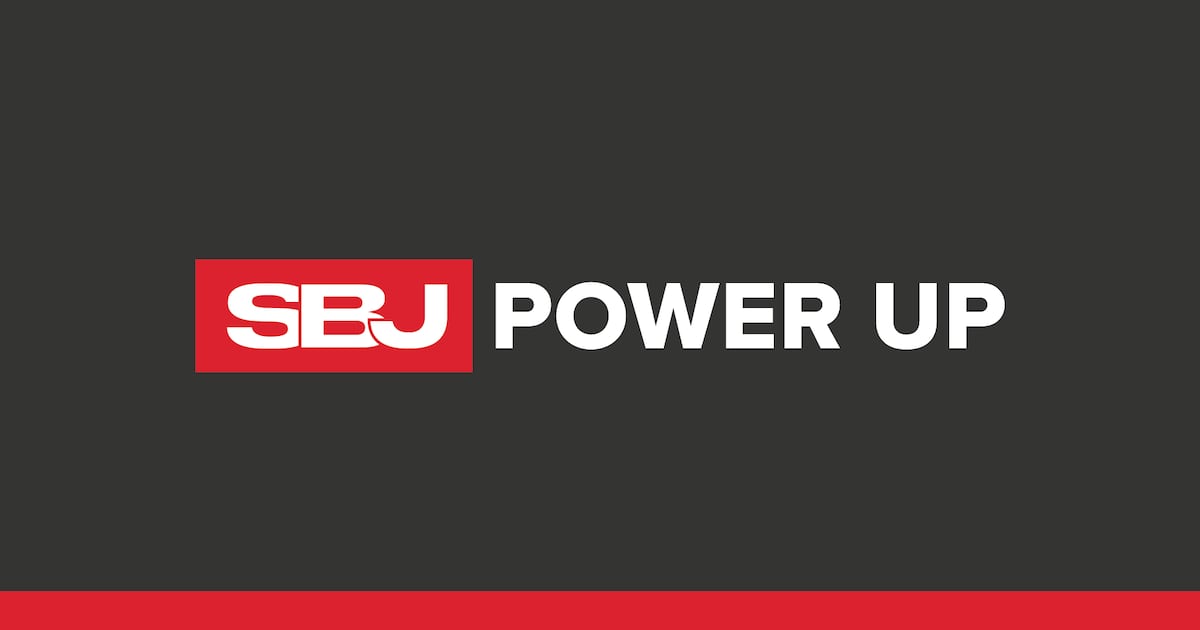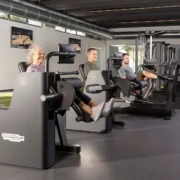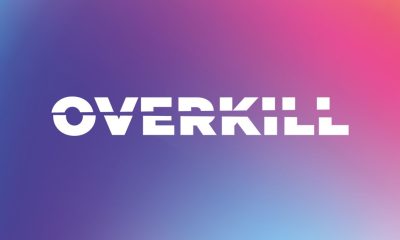
Sports Equipment Market
The global sports equipment market is undergoing significant expansion as more people embrace physical fitness, recreational activities, and professional sports. This surge in demand is being driven by an increasing awareness of the importance of physical well-being and an active lifestyle, combined with innovations in technology and equipment design. The market is expected to continue its growth trajectory, with a projected value of US$ 178,508.2 million by 2033, reflecting the growing consumer interest in sports and fitness.
From traditional sporting goods like basketballs and soccer balls to modern innovations like smart fitness gear and wearable technologies, the sports equipment market is evolving. As more consumers seek high-quality, durable, and performance-enhancing gear, businesses are introducing advanced products that meet both functional and aesthetic needs. This article dives deep into the various factors shaping the future of the sports equipment market, including the key drivers, regional dynamics, and growth opportunities that will shape the industry.
Elevate your business with comprehensive market data. Request a sample report now: https://www.persistencemarketresearch.com/samples/2794
 Overview of the Market, Market Statistics, Key Growth Drivers, and Leading Segment
Overview of the Market, Market Statistics, Key Growth Drivers, and Leading Segment
The sports equipment market is experiencing a period of remarkable growth, driven by an increasing focus on fitness, health, and well-being across the globe. This market includes a wide variety of equipment, ranging from exercise machines to outdoor recreational gear, team sports equipment, and individual sport items. These products are used by individuals of all ages and skill levels, including professional athletes, fitness enthusiasts, and recreational players.
As of the latest projections, the sports equipment market is expected to grow to a value of US$ 178,508.2 million by 2033, signaling a robust market expansion. Factors contributing to this growth include rising disposable incomes, increasing urbanization, and the growing trend of fitness and health awareness, especially in developed regions. Innovations such as smart sports equipment and high-tech fitness gear are also driving the market, as consumers increasingly seek performance-enhancing solutions for both professional and recreational sports.
 Key Highlights from the Report:
Key Highlights from the Report:
➤ The sports equipment market is projected to reach US$ 178,508.2 million by 2033.
➤ The market growth is driven by the increasing trend of fitness and physical activity among individuals of all ages.
➤ Smart sports equipment and wearable technologies are gaining significant traction.
➤ The rise of e-commerce platforms has made sports equipment more accessible globally.
➤ Demand for personalized sports equipment and gear is on the rise, particularly in team sports and individual activities.
➤ The Asia-Pacific region is expected to lead the market due to the increasing adoption of sports activities and improving economic conditions.
 Market Segmentation
Market Segmentation
The sports equipment market can be segmented across various dimensions, including product type, end-user, and distribution channels.
By Product Type:
The market consists of several categories of products, including team sports equipment, individual sport equipment, fitness equipment, and outdoor recreation gear. Among these, fitness equipment has witnessed the most significant growth, as consumers become increasingly health-conscious and seek solutions to exercise at home or in gyms. Outdoor recreation gear, such as camping equipment, bicycles, and fishing gear, is also experiencing rising demand, especially in regions with access to natural landscapes.
By End-User:
The end-users of sports equipment can be divided into two major categories: individuals and institutions. Individual consumers, including both amateur and professional athletes, are increasingly purchasing sports equipment for personal use. This includes fitness enthusiasts looking for home gym solutions and recreational players seeking quality gear for their favorite sports. Institutions, such as schools, sports clubs, and professional teams, represent a large portion of the demand, requiring bulk orders of specific sporting goods to support training, competitions, and events.
 Regional Insights
Regional Insights
The Asia-Pacific region is poised to dominate the sports equipment market, primarily due to rapid urbanization, improving economic conditions, and a growing middle class with higher disposable income. As more people in countries like China, India, and Japan engage in fitness and recreational activities, the demand for sports equipment is skyrocketing. Additionally, the growing popularity of cricket, badminton, and other regional sports is contributing to the increase in market size within these countries.
In North America and Europe, the market is also experiencing substantial growth, driven by a high level of sports participation, the rise in fitness culture, and increasing awareness of health and wellness. These regions have seen a surge in demand for home fitness equipment and high-performance sports gear, especially as COVID-19 led to more people seeking alternatives to gym memberships. Moreover, smart sports equipment is gaining popularity in these regions, with consumers looking for gear that tracks performance metrics and integrates with fitness apps.
 Market Drivers
Market Drivers
There are several key factors driving the growth of the sports equipment market:
Rising Health Consciousness: As more individuals become aware of the importance of physical fitness and overall health, they are increasingly investing in sports equipment to enhance their workout routines. The growing trend of fitness tracking, home workouts, and active lifestyles is contributing to the demand for a variety of sports gear.
Technological Advancements: The integration of smart technology in sports equipment is another significant driver. From fitness trackers and smart shoes to connected exercise machines, consumers are gravitating toward high-tech equipment that enhances their performance and provides real-time data on their fitness levels.
Increasing Popularity of Outdoor Activities: As outdoor activities such as hiking, cycling, and camping gain popularity, the demand for recreational sports gear is also increasing. This is particularly noticeable in regions with abundant natural spaces and favorable climates, where outdoor activities are an integral part of life.
Sports Professionalization: The growing professionalization of sports worldwide, especially in emerging markets, is contributing to the increasing demand for high-quality and specialized sports equipment. As professional athletes continue to raise the standards of performance, sports gear manufacturers are creating products that meet the needs of elite athletes.
 Market Restraints
Market Restraints
While the sports equipment market is experiencing robust growth, several challenges could impact its progress:
High Cost of Premium Equipment: High-quality sports gear, especially fitness equipment and professional-grade gear, often comes with a hefty price tag. The cost factor can limit access to premium products, especially in emerging markets where consumers may prioritize affordability over quality.
Saturation in Developed Markets: In developed regions like North America and Europe, the sports equipment market is nearing saturation. Most consumers in these regions already own the essential gear for sports and fitness, which could slow the growth rate unless manufacturers introduce innovative or specialized products to attract new customers.
Counterfeit Products: The market is facing a growing problem with counterfeit sports equipment, especially for high-end brands. These knock-off products not only hurt the reputation of established brands but also pose potential safety risks to users.
 Market Opportunities
Market Opportunities
The sports equipment market presents several opportunities for growth:
Customization Trends: As personalization continues to gain popularity, there is significant demand for customized sports equipment, particularly in team sports. From custom-branded apparel to personalized gear, manufacturers can tap into this niche market to enhance customer loyalty and brand differentiation.
Sustainability Focus: Consumers are increasingly seeking environmentally friendly products, and this trend extends to the sports equipment market. Manufacturers can capitalize on this by offering sustainable products, such as eco-friendly materials, recyclable packaging, and low-carbon footprint production processes.
Expansion in Emerging Markets: Emerging economies, particularly in Asia-Pacific and Latin America, are witnessing rapid urbanization and increased participation in sports and fitness. Brands can expand into these regions to tap into new customer bases and capture market share.
Do You Have Any Query Or Specific Requirement? Request Customization of Report: https://www.persistencemarketresearch.com/request-customization/2794
 Reasons to Buy the Report:
Reasons to Buy the Report:
 Comprehensive analysis of the sports equipment market, with a focus on market size, growth, and future trends.
Comprehensive analysis of the sports equipment market, with a focus on market size, growth, and future trends.
 Insight into key drivers, restraints, and opportunities shaping the market landscape.
Insight into key drivers, restraints, and opportunities shaping the market landscape.
 Detailed segmentation based on product types, end-users, and regions.
Detailed segmentation based on product types, end-users, and regions.
 Overview of smart sports equipment and wearable technology that are shaping the future of the industry.
Overview of smart sports equipment and wearable technology that are shaping the future of the industry.
 In-depth regional analysis, highlighting key growth areas in Asia-Pacific, North America, and Europe.
In-depth regional analysis, highlighting key growth areas in Asia-Pacific, North America, and Europe.
 Key Players
Key Players
✦ Nike Inc.
✦ Adidas AG
✦ Under Armour Inc.
✦ Reebok
✦ Puma SE
■ Nike continues to lead the market with its innovative and high-performance sports gear.
■ Adidas has launched a new line of sustainable sports equipment made from recycled materials, reflecting its commitment to the environment.
The sports equipment market is on a strong growth path, driven by key factors such as health consciousness, technological advancements, and expanding consumer interest in fitness. As the market evolves, there are significant opportunities for businesses to tap into emerging trends and regional dynamics, ensuring a promising future for the industry.
 Contact Us:
Contact Us:
Persistence Market Research
G04 Golden Mile House, Clayponds Lane
Brentford, London, TW8 0GU UK
USA Phone: +1 646-878-6329
UK Phone: +44 203-837-5656
Email: sales@persistencemarketresearch.com
Web: https://www.persistencemarketresearch.com
About Persistence Market Research:
At Persistence Market Research, we specialize in creating research studies that serve as strategic tools for driving business growth. Established as a proprietary firm in 2012, we have evolved into a registered company in England and Wales in 2023 under the name Persistence Research & Consultancy Services Ltd. With a solid foundation, we have completed over 3600 custom and syndicate market research projects, and delivered more than 2700 projects for other leading market research companies’ clients.
Our approach combines traditional market research methods with modern tools to offer comprehensive research solutions. With a decade of experience, we pride ourselves on deriving actionable insights from data to help businesses stay ahead of the competition. Our client base spans multinational corporations, leading consulting firms, investment funds, and government departments. A significant portion of our sales comes from repeat clients, a testament to the value and trust we’ve built over the years.
This release was published on openPR.









 Overview of the Market, Market Statistics, Key Growth Drivers, and Leading Segment
Overview of the Market, Market Statistics, Key Growth Drivers, and Leading Segment Market Segmentation
Market Segmentation Comprehensive analysis of the sports equipment market, with a focus on market size, growth, and future trends.
Comprehensive analysis of the sports equipment market, with a focus on market size, growth, and future trends. Key Players
Key Players Contact Us:
Contact Us:


















































